Nomadic tribes have wandered the Earth for thousands of years, living in harmony with nature. Despite the modern world’s advancements, several ancient nomadic groups continue their traditions, roaming across vast regions as they have for centuries. These tribes adapt to their environment, maintain unique customs, and follow age-old survival methods. Here are some of the most remarkable nomadic tribes that still move across continents today, preserving their way of life.
Bedouins (Middle East and North Africa)
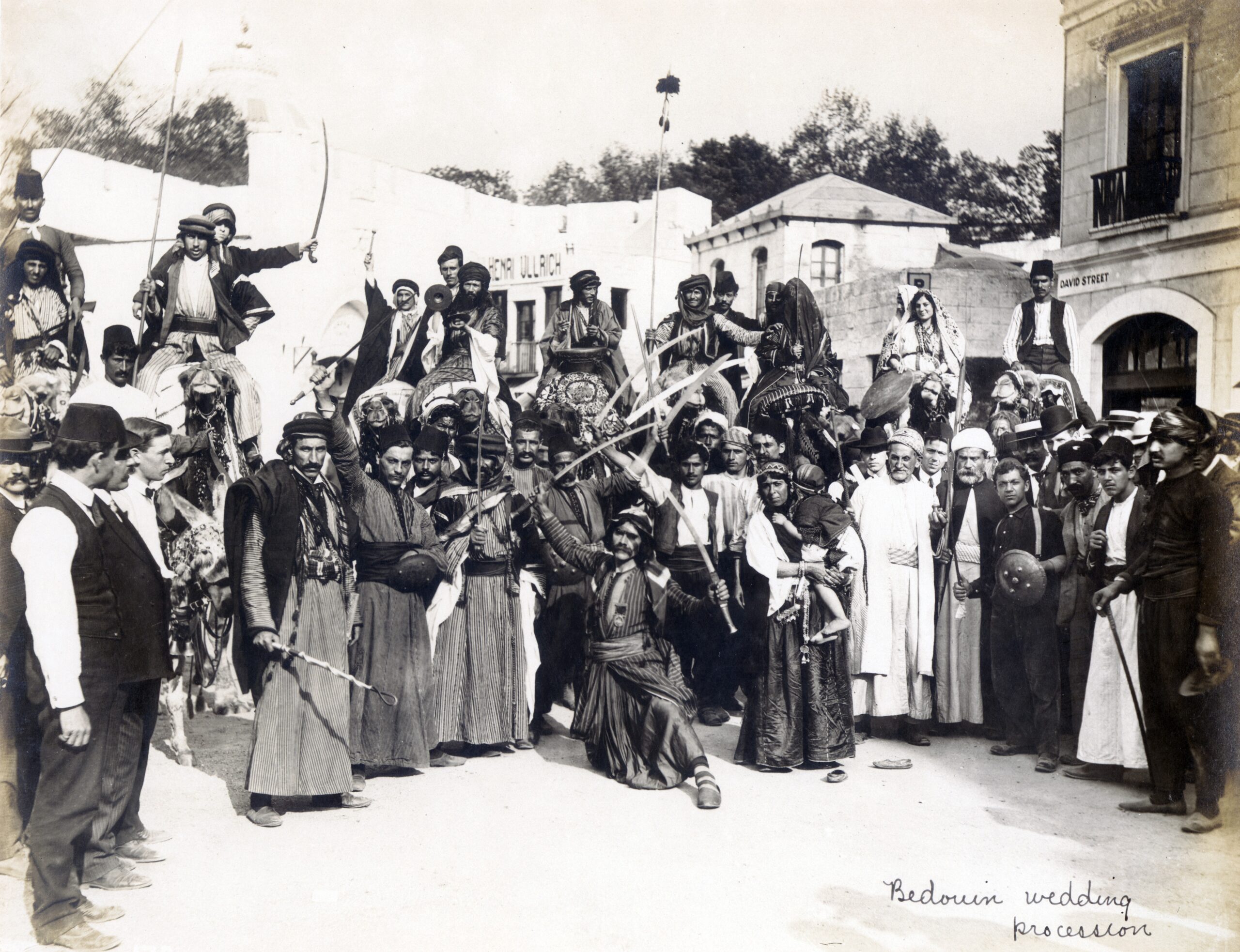
The Bedouins, traditionally found across the deserts of the Middle East and North Africa, are known for their deep-rooted culture of hospitality and adaptability. They navigate vast stretches of desert, herding camels, sheep, and goats while living in portable tents called “bayt.” Bedouins have mastered survival in harsh environments, relying on their intimate knowledge of water sources and seasonal migration patterns. Their society is structured around clans, with strong family ties and a reliance on oral traditions. Despite modernization, many Bedouins maintain their nomadic lifestyle, especially in more remote areas.
Tuareg (Sahara Desert)
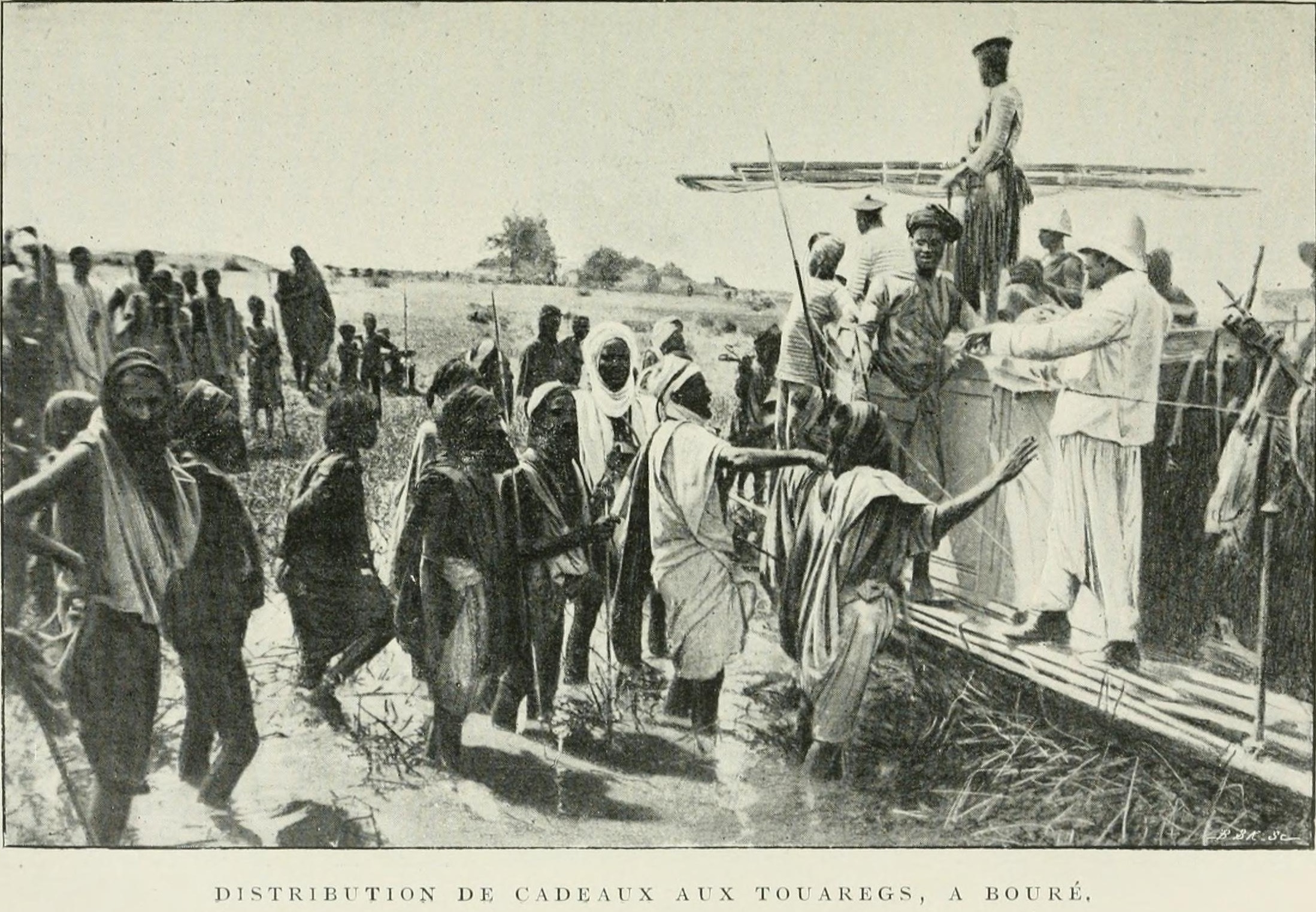
The Tuareg, also known as the “Blue People” due to the indigo dye of their clothing, are a nomadic tribe that traverses the harsh Sahara Desert. Known for their distinct culture, they are skilled traders, historically controlling caravan routes across North Africa. The Tuareg are semi-nomadic, living in tents and herding livestock such as camels and goats. They have a unique social structure and a rich tradition of storytelling and music. Even in the face of modern challenges, the Tuareg continue to roam the desert, adapting to the environment with resilience and independence.
Sami (Northern Europe – Norway, Sweden, Finland, Russia)
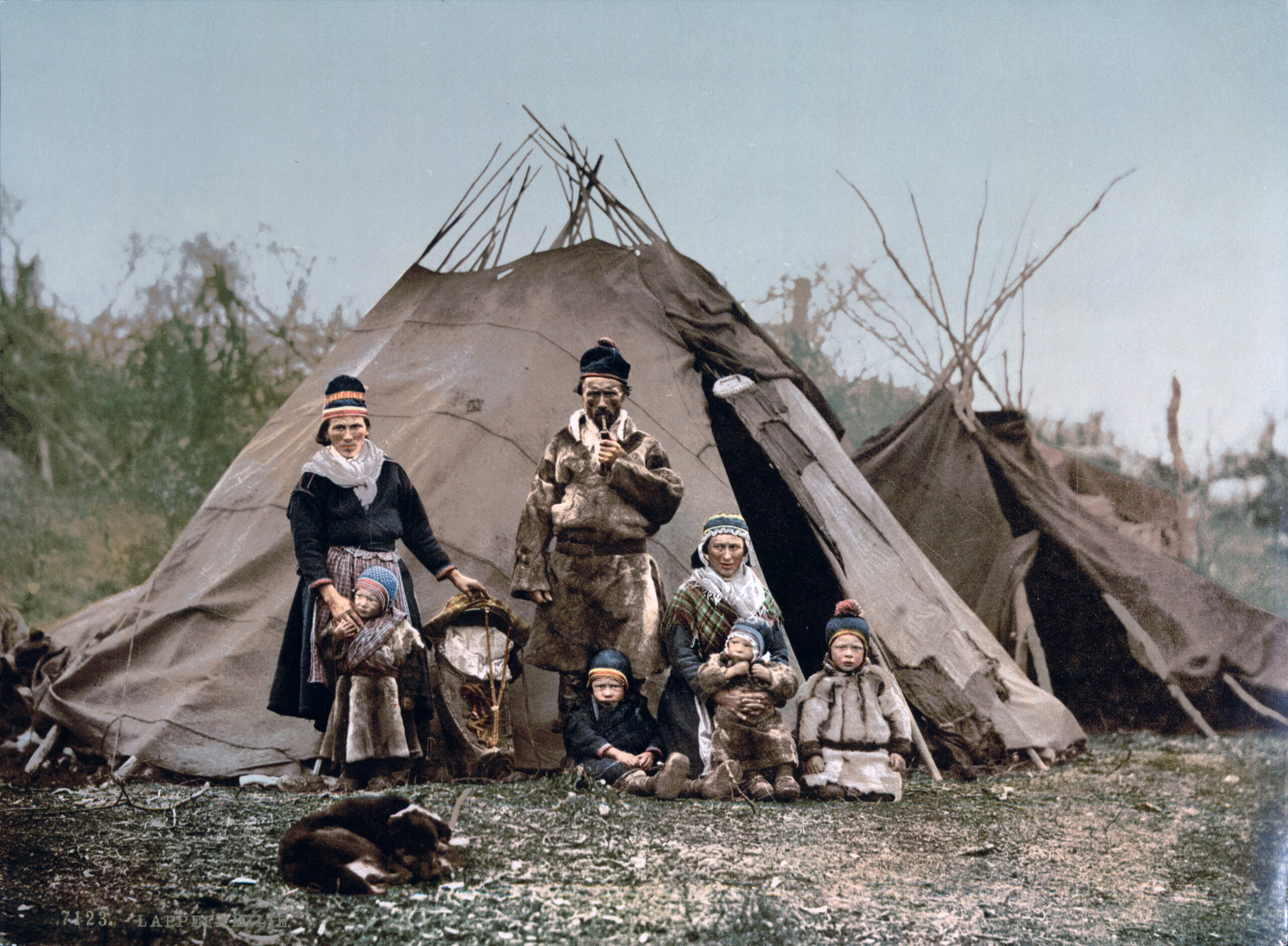
The Sami people of Northern Europe inhabit regions across Norway, Sweden, Finland, and Russia, where they practice semi-nomadic reindeer herding. They have a deep connection to the Arctic environment and rely heavily on the natural resources provided by their surroundings. The Sami are skilled in navigating the frozen tundra and harsh winters, living in portable “lavvu” tents during seasonal migrations. Their culture includes a rich tradition of music, clothing, and crafts, all tied to their environment. Despite pressure from modern society, many Sami continue to uphold their nomadic heritage and customs.
Maasai (Kenya and Tanzania)
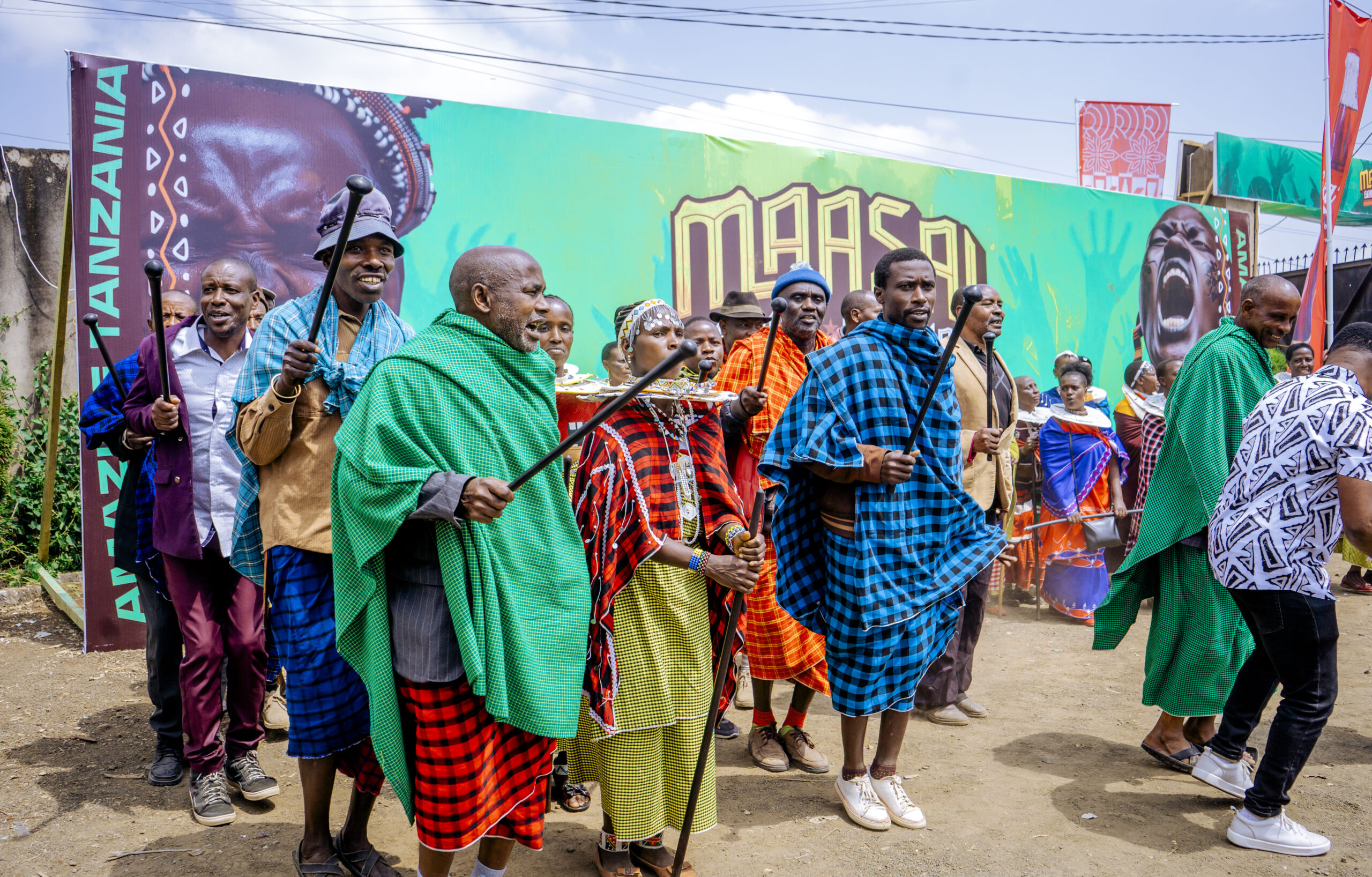
The Maasai are a nomadic tribe in Kenya and Tanzania, known for their vibrant red clothing, beadwork, and strong warrior culture. Their life revolves around cattle herding, which is central to their economy, diet, and social status. They move with their herds in search of grazing land and water, following a semi-nomadic lifestyle. Maasai villages, or “bomas,” are temporary, built with natural materials that are easily disassembled and relocated. Despite modern influences, the Maasai remain deeply connected to their traditions, maintaining their unique identity in an increasingly globalized world.
Nenets (Siberia, Russia)
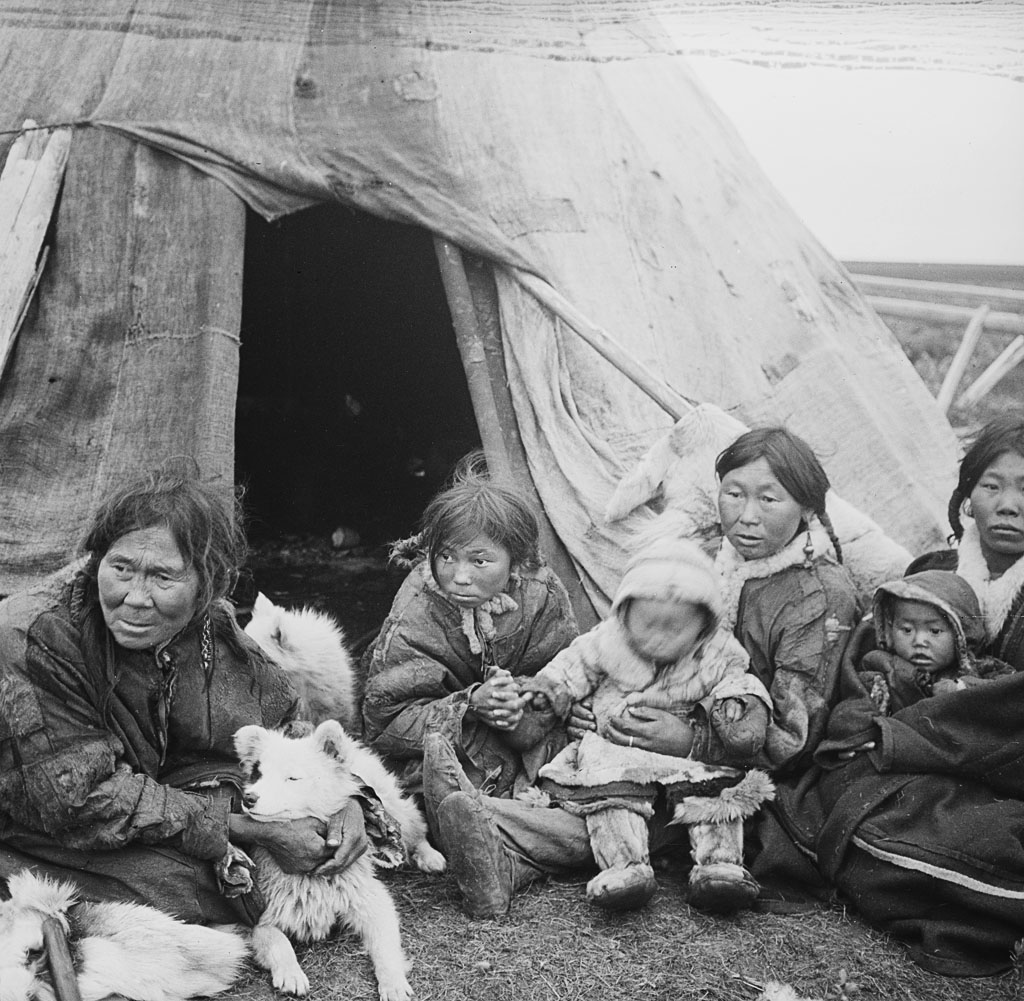
The Nenets are nomadic reindeer herders who roam the tundras of Siberia, Russia, enduring some of the coldest temperatures on Earth. They migrate with their herds across vast distances, following age-old patterns that align with the seasons. Nenets live in portable, cone-shaped tents called “chums,” made from reindeer hide, which provide insulation against the harsh Arctic climate. Their lifestyle is built around their herds, relying on reindeer for food, clothing, and transportation. The Nenets have faced challenges due to climate change and industrial development, but many continue their nomadic traditions.
Kazakhs (Kazakhstan and Mongolia)
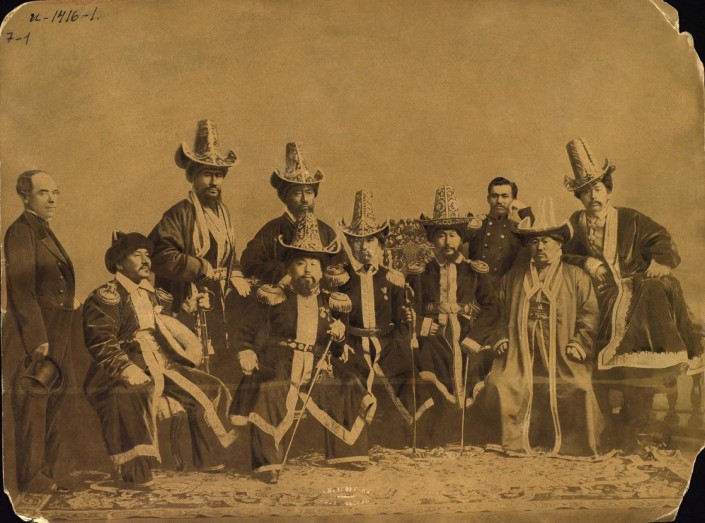
The Kazakhs are a nomadic group found in Kazakhstan and Mongolia, known for their tradition of horseback riding and vast migrations across the steppes. Their lifestyle revolves around herding sheep, cattle, and horses, and they live in portable felt tents called “yurts.” Kazakh culture is deeply intertwined with their nomadic heritage, including music, horsemanship, and wrestling. They travel with the seasons, seeking the best pastures for their livestock. While many Kazakhs have settled into modern life, a significant number still uphold their traditional way of life, moving across the vast grasslands.
Himba (Namibia)
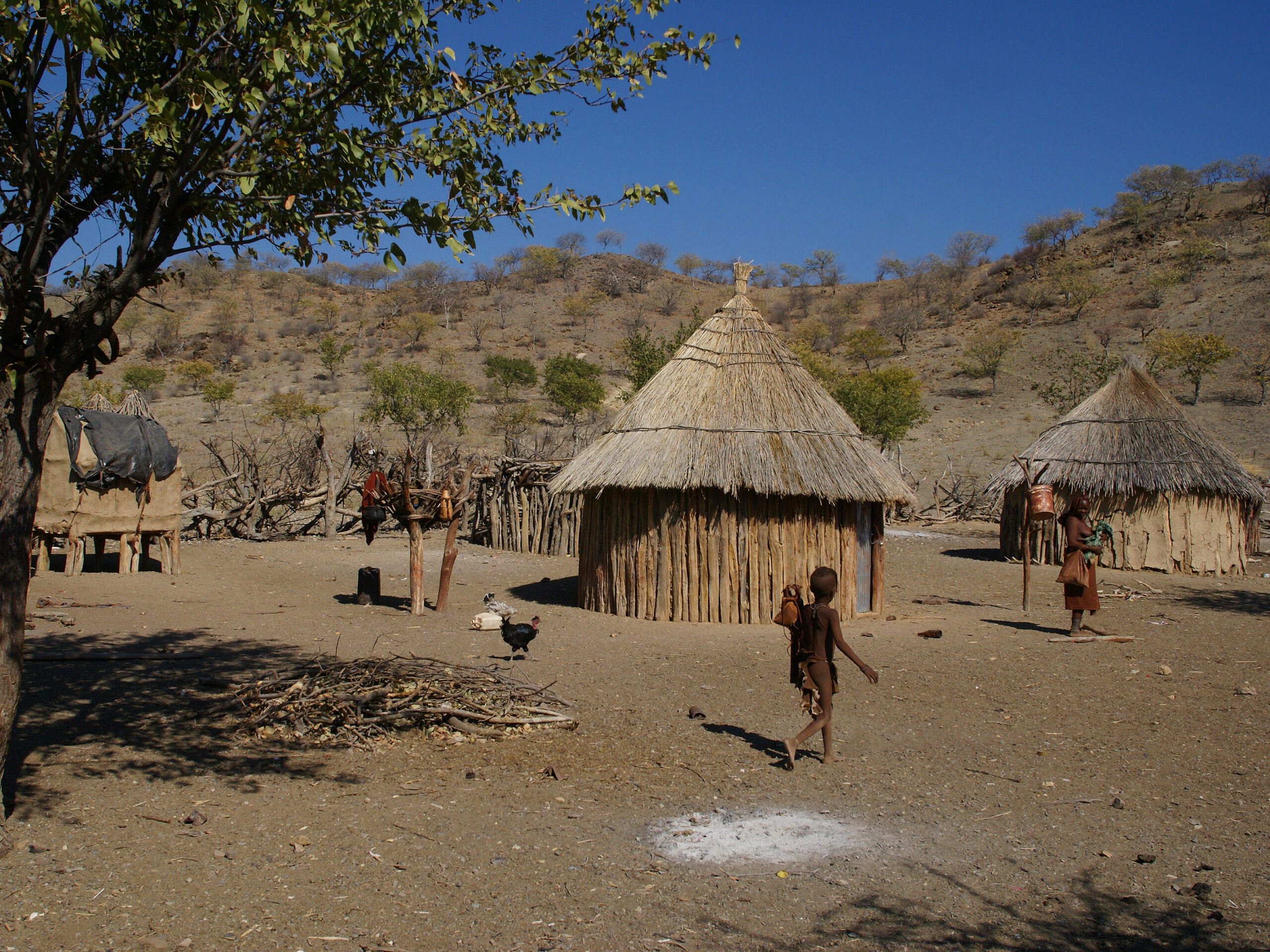
The Himba are a semi-nomadic tribe in Namibia, distinguished by their striking red ochre-covered skin and traditional attire. Their lifestyle revolves around cattle herding, and they migrate in search of water and grazing lands for their livestock. The Himba live in simple, cone-shaped huts made of mud and sticks, easily dismantled and moved as needed. Their society is matrilineal, with women playing a central role in maintaining the household and cultural traditions. Despite pressures from modernization, the Himba have preserved much of their nomadic way of life, maintaining a deep connection to their land and heritage.
Berbers (North Africa)
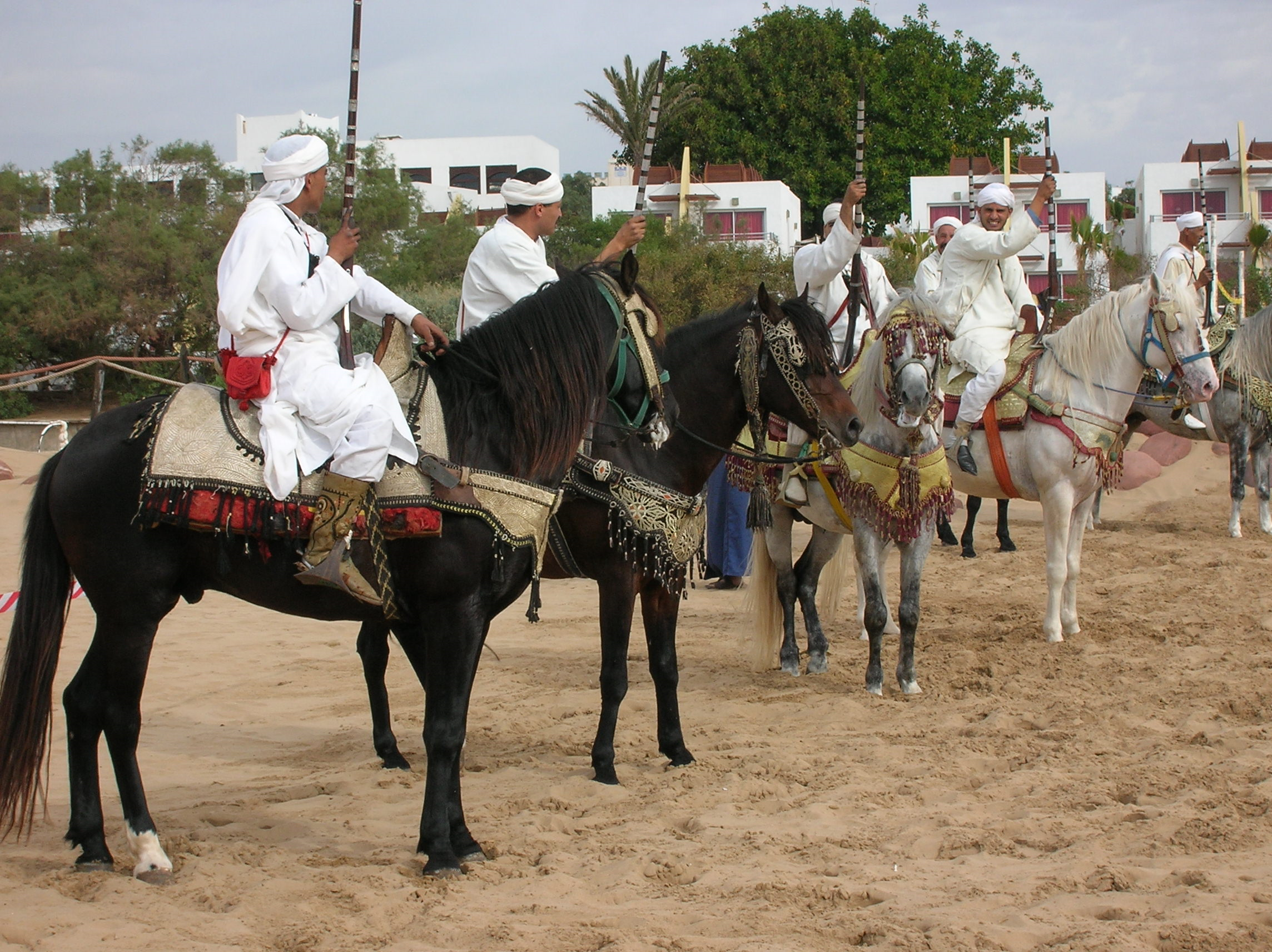
The Berbers are indigenous nomadic people of North Africa, primarily found in Morocco, Algeria, Tunisia, and Libya. They have lived in the region for thousands of years, herding camels, goats, and sheep across the rugged desert and mountain terrains. Known for their distinctive culture, the Berbers have their own language, Tamazight, and maintain a strong sense of identity tied to their nomadic roots. Their homes are often portable tents, allowing them to easily move with their animals in search of better pastures. Despite modernization, many Berber tribes continue to lead a nomadic life, upholding traditions that reflect their ancient heritage.
Fulani (West Africa)
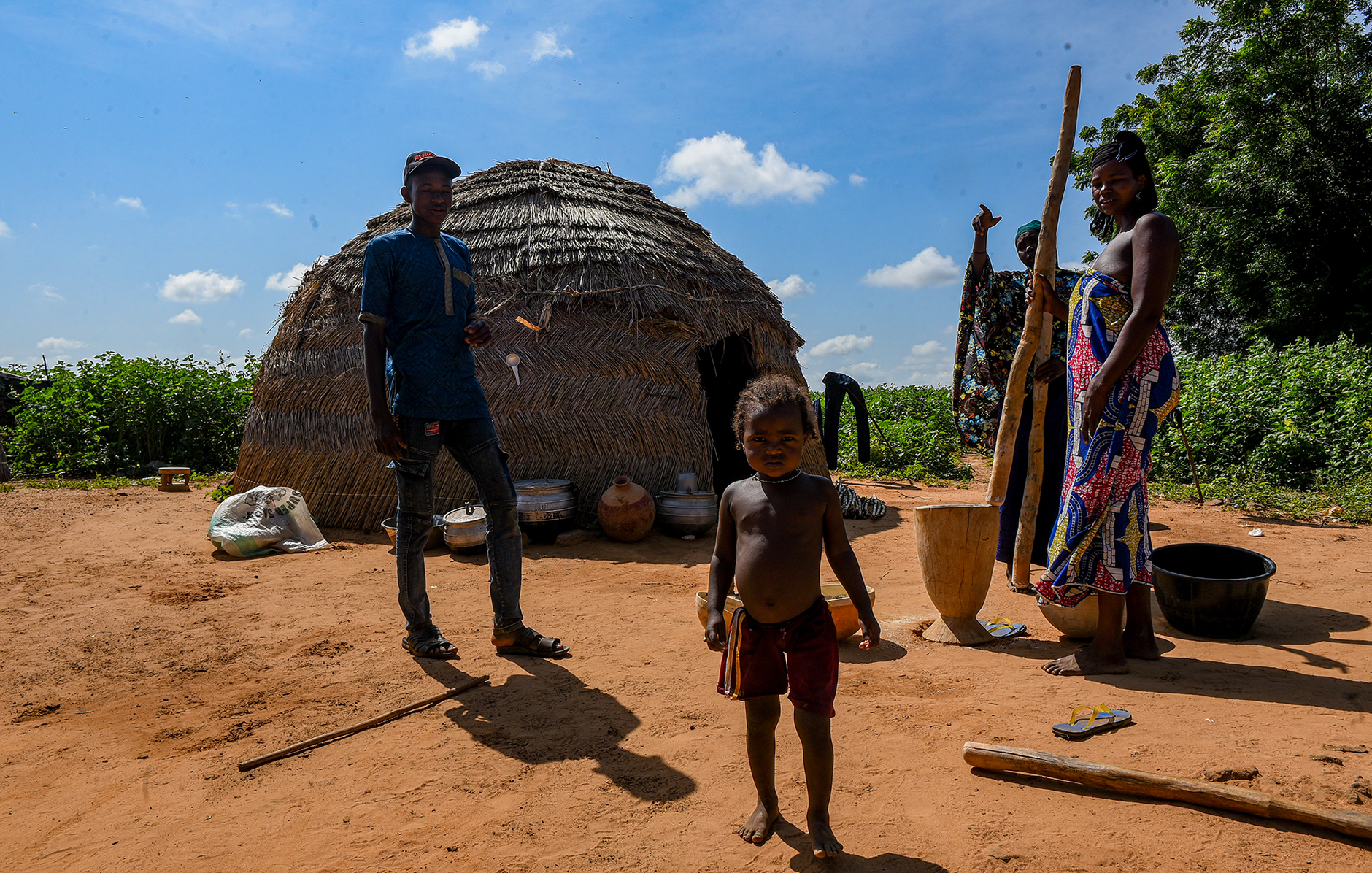
The Fulani people are one of the largest nomadic groups in the world, found across several West African countries such as Nigeria, Mali, Niger, and Senegal. Their life revolves around cattle herding, and they migrate vast distances to find grazing land and water. The Fulani are known for their resilience, traveling through harsh environments like the Sahel, adapting to the seasons and the needs of their herds. They have a rich oral tradition, and their culture includes vibrant music, intricate beadwork, and distinctive clothing. While many have settled, a significant number still follow a nomadic lifestyle.
Bakhtiari (Iran)
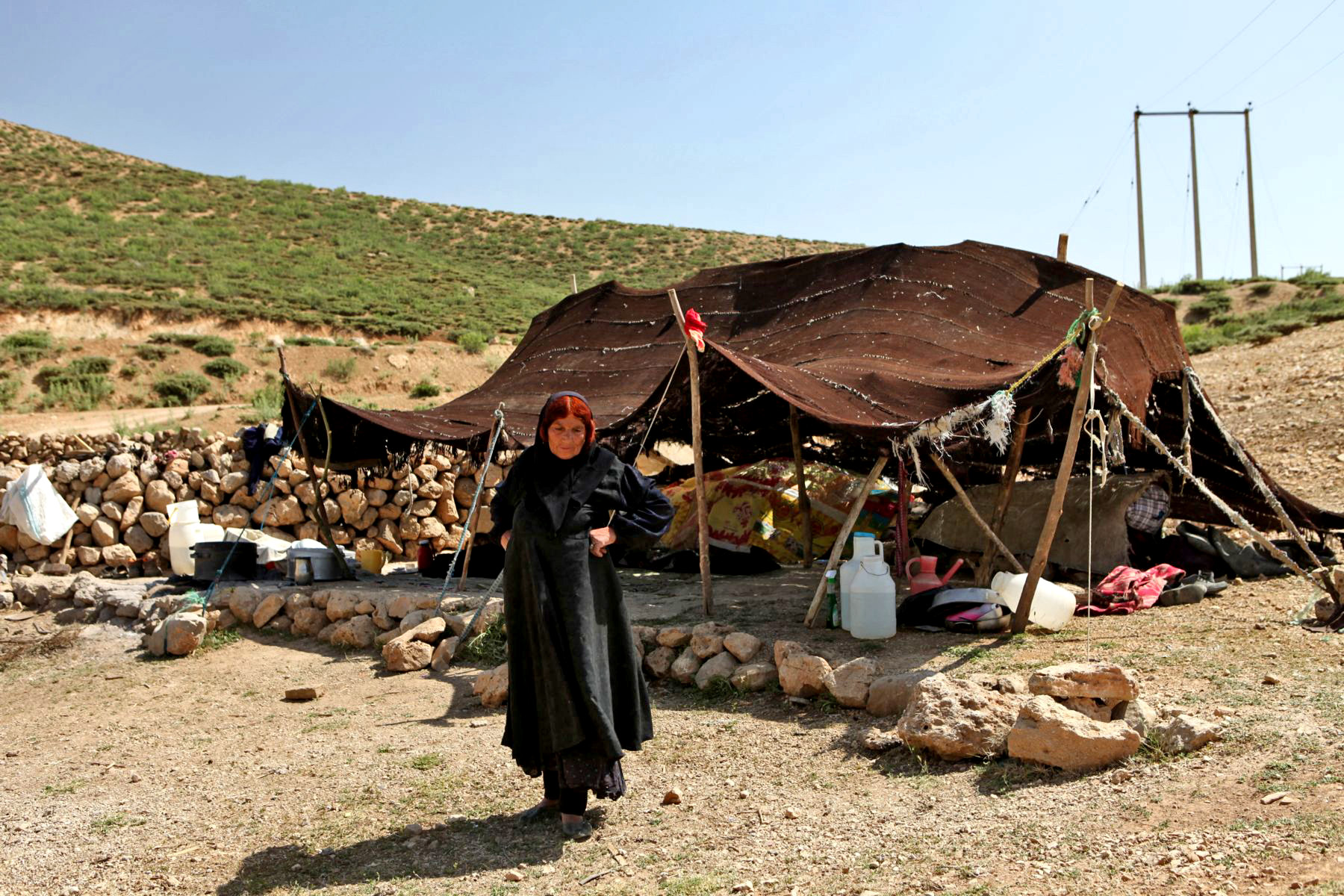
The Bakhtiari are a nomadic tribe in southwestern Iran, known for their seasonal migrations across the Zagros Mountains. Every year, they embark on a challenging journey with their livestock, crossing rivers and climbing mountains to reach summer pastures. The Bakhtiari live in portable tents and rely on sheep and goats for food, clothing, and trade. Their culture is rich in traditional music, dance, and storytelling, passed down through generations. Although modernization has affected many nomadic groups in Iran, the Bakhtiari continue to follow their migratory paths, maintaining a connection to the land and their heritage.
Yörüks (Turkey)
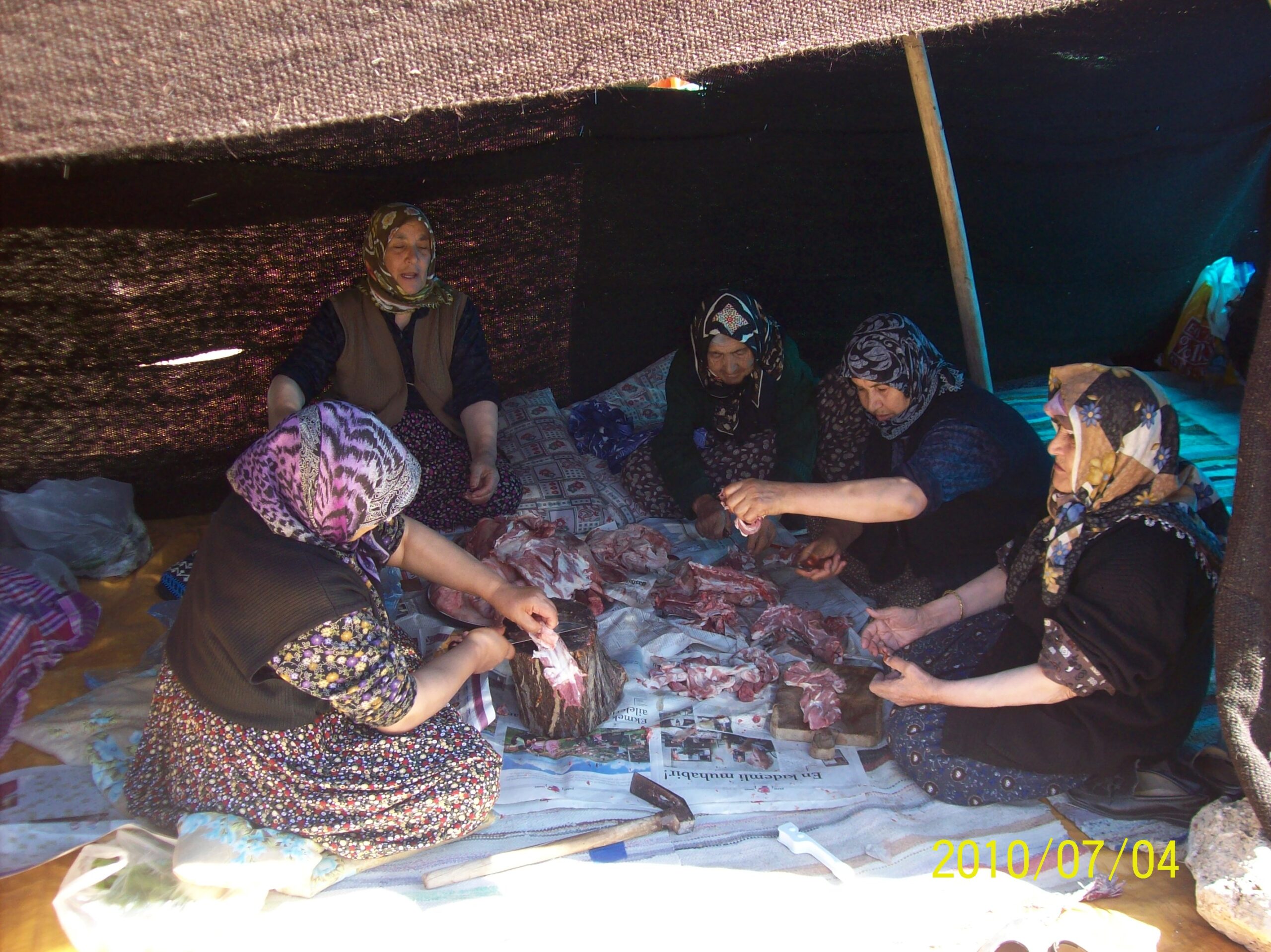
The Yörüks are a nomadic people in Turkey, primarily found in the Taurus Mountains and surrounding areas. Historically, they were known for their expertise in livestock herding, particularly sheep and goats. The Yörüks live in portable black tents made from goat hair, which can be easily moved as they follow seasonal migration patterns. Their way of life is deeply tied to the land, and they are skilled at surviving in harsh mountain environments. While many Yörüks have adopted a more settled lifestyle, some still roam the mountains, preserving their nomadic traditions.
Mongols (Mongolia)
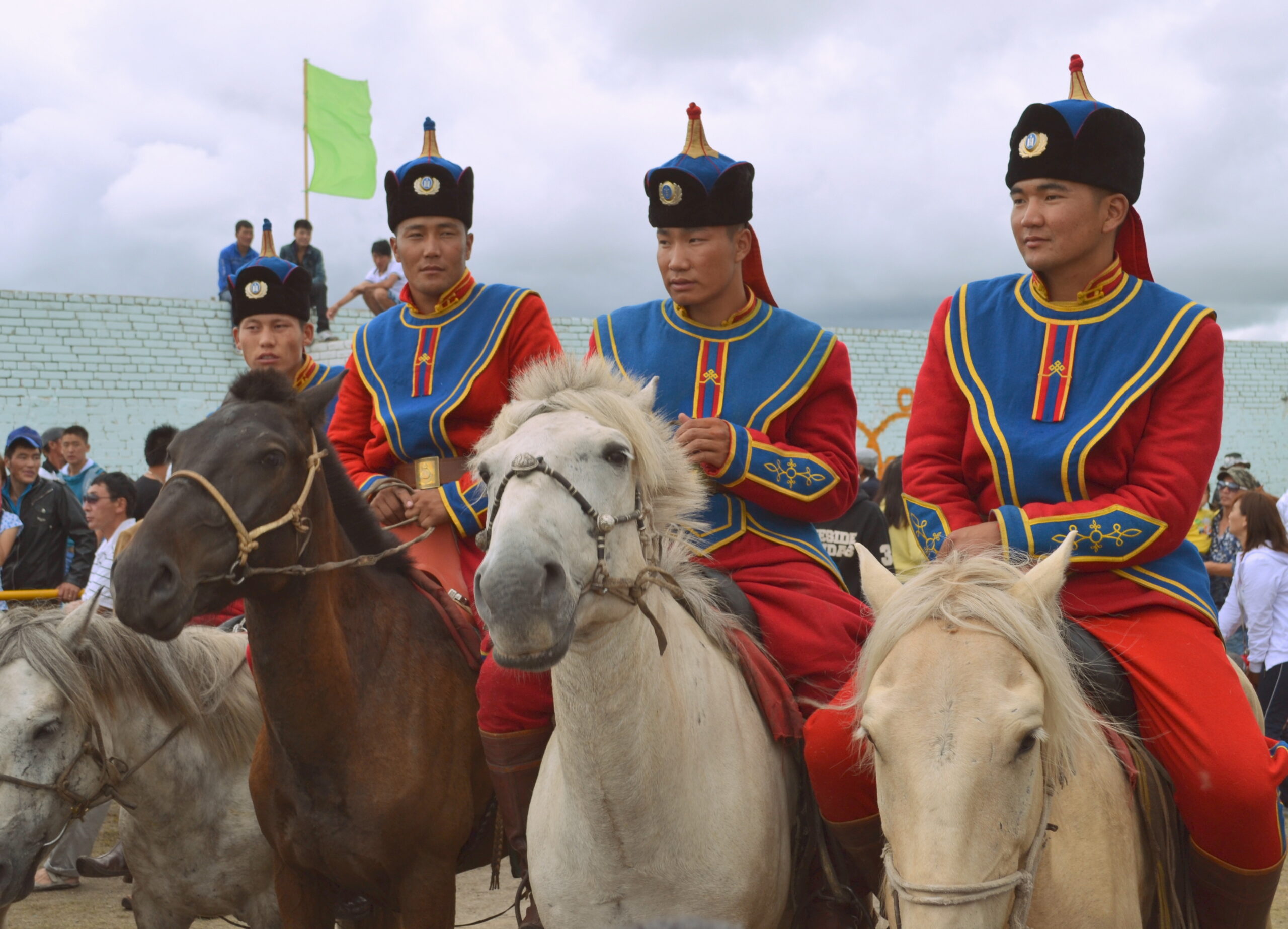
The Mongols are perhaps the most well-known nomadic people, historically famous for their vast empire under Genghis Khan. Today, many Mongols continue their traditional nomadic lifestyle, herding livestock such as yaks, sheep, and camels across the vast steppes of Mongolia. They live in “gers,” portable felt tents that can be quickly assembled and disassembled as they move with their animals. Mongol culture is deeply connected to their nomadic heritage, with a focus on horseback riding, music, and communal life. While modernization has impacted parts of Mongolia, many Mongol families continue to embrace their nomadic way of life.
Tibetan Nomads (Tibet, China)
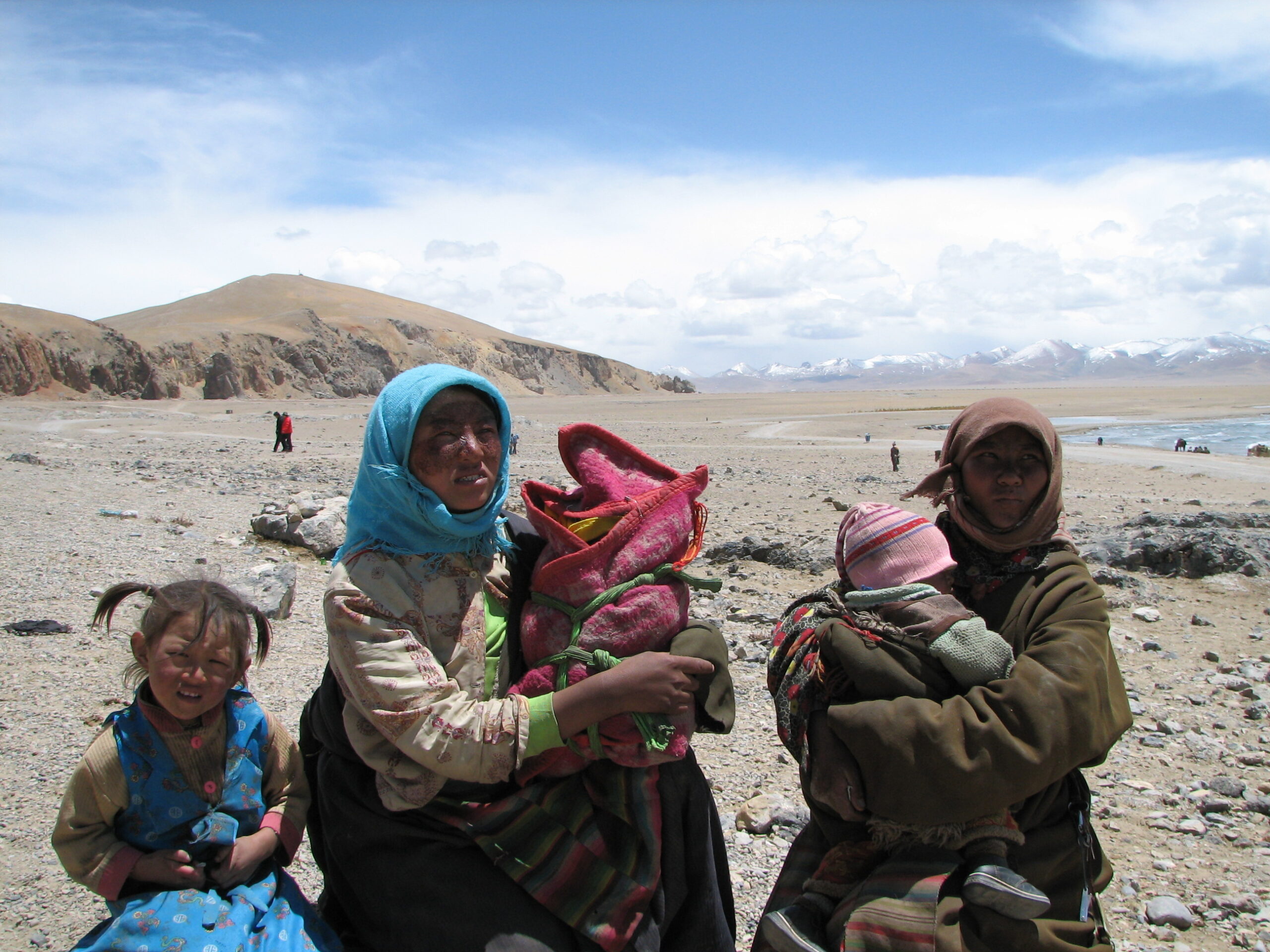
Tibetan nomads, or “Drokpa,” live in the high-altitude grasslands of Tibet, herding yaks, goats, and sheep. Their nomadic life is dictated by the seasons, as they move their herds in search of fresh grazing land. The Drokpa live in yak wool tents, designed to withstand the cold and windy Tibetan plateau. Their culture is closely tied to Tibetan Buddhism, and they often lead a spiritual life while tending to their animals. Despite challenges from government policies and modernization, many Tibetan nomads still roam the plateau, following the traditions of their ancestors.
This article originally appeared on Rarest.org.
More from Rarest.org
8 Pieces of Vintage Concert Merch That’s Now Highly Valuable
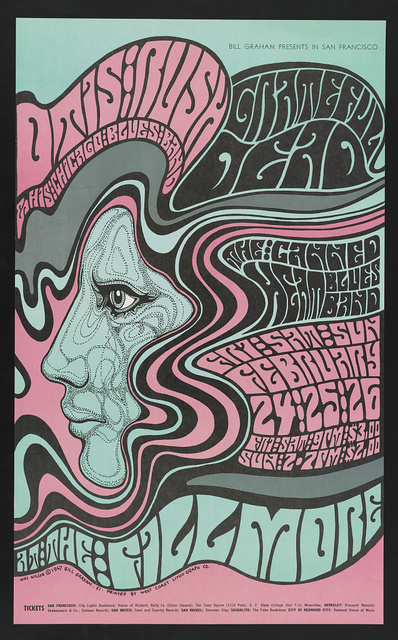
Vintage concert merchandise has become more than just a nostalgic reminder of past shows; it’s now a valuable collector’s item. Read More.
10 Limited-Run Designer Fashion Pieces That Are Worth a Fortune

Designer fashion pieces that are released in limited runs often become highly coveted, not just for their style but for the value they hold over time. Read More.
13 Peculiar Stone Circles and Monoliths from Ancient Cultures
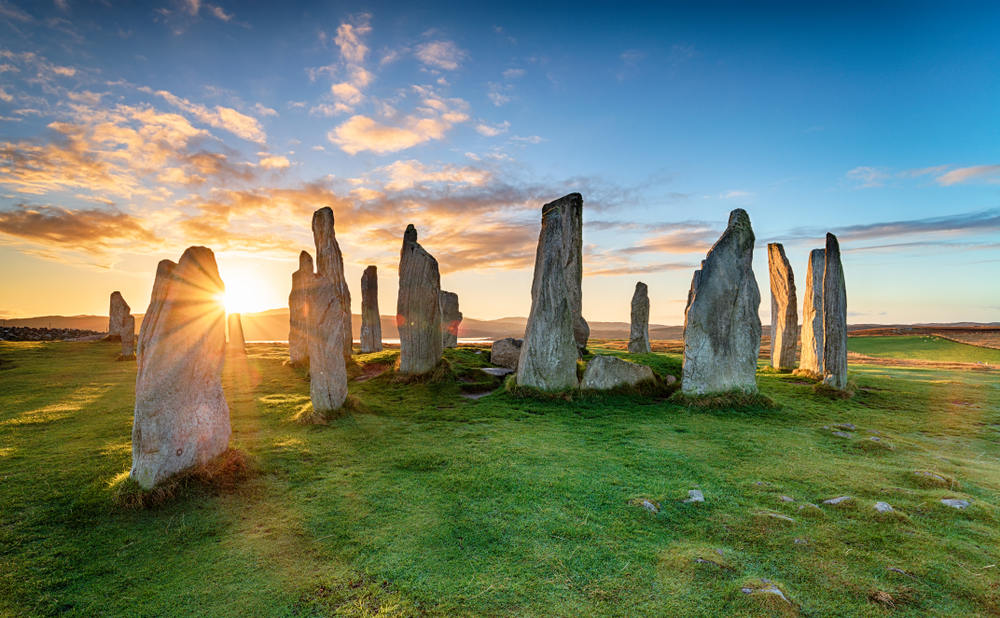
Throughout history, ancient cultures around the world have left behind fascinating remnants of their past in the form of stone circles and monoliths. Read More.
